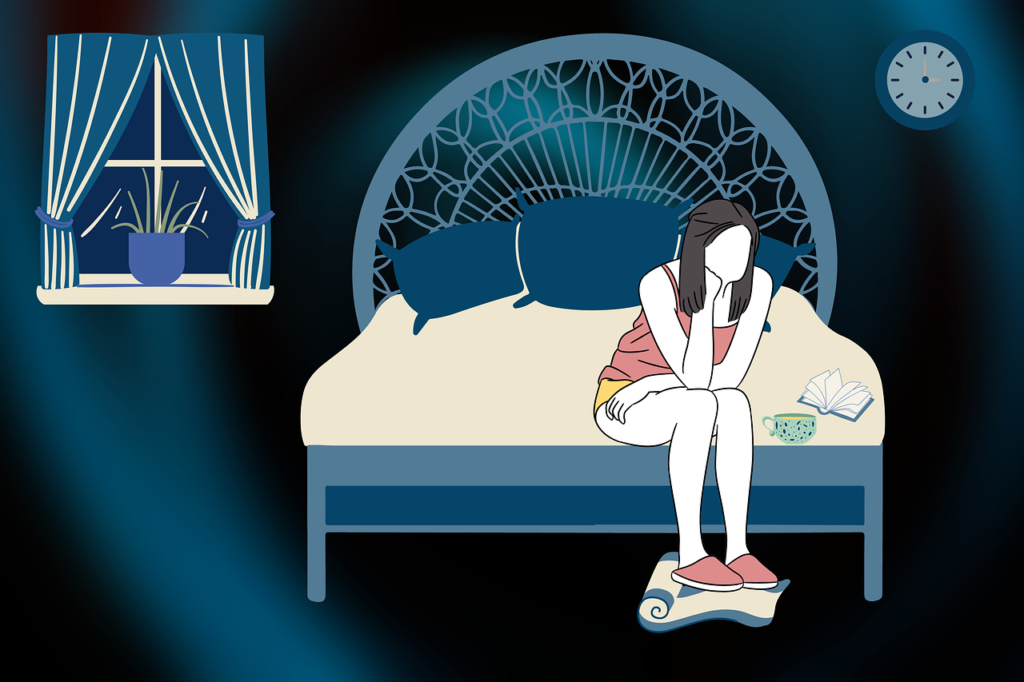
Woman Sitting In Front Of Macbook – Free Image (pexels.com)
Social constructs, such as the work week, cyclically mark our time, sometimes interfering with the natural rhythms regulating human activity. A paper recently published by Brooks and colleagues demonstrated how owls and larks manage to adapt differently to the alternation of weekdays and weekend, often characterizing the typical working week.
Individual behavior and sleep-wake cycle are deeply influenced by social constructs. For example, the typical work schedule identifies working days in the first and free days in the final part of the week. This division is based on a human convention that is not matched by any natural rhythm. On the contrary, individuals have their own circadian rhythm that marks the time devoted to wakefulness from the time devoted to sleep, and this cycle is the result of the synchronization of human behavior with the alternation of day and night according to the Earth’s rotation. However, there are individual variations in the choice of the time to devote to sleep and activity, which lead to the identification of different chronotypes. Morning chronotypes (commonly referred to as “larks”) wake up early in the morning and are highly productive in the first part of the day; in contrast, evening chronotypes (“owls”) tend to sleep until late morning, being more active in the second part of the day.
The paper recently published by Brooks and colleagues moves from the hypothesis that the ability to adapt to work week cycle differs by chronotype. The authors explored possible differences in sleep and activity rhythms between weekdays and weekend in 24 young male volunteers, monitored for four weeks by wearing a wrist actigraph. The results show that, regardless of chronotype, all participants tend to sleep more and go to bed later on weekends. However, compared with owls, larks are able to advance their bedtime, and more generally their circadian rhythm, more quickly as they transition from weekends to weekdays. Their ability to adapt more effectively to working schedules may be explained by the good match between these schedule and their preferences regarding the time of day to devote to activity (i.e., the morning). In contrast, owls tend to accumulate a progressive sleep debt over the course of the week, likely related to their need to work against their biology to wake up early in the morning and start the workday.
The findings are in line with the growing international literature regarding the possible conflict between social calendars, such as the seven-day work week, and natural rhythms, such as the sleep-wake cycle. The likelihood of such a conflict to arise is greater in owls than in other chronotypes. This might contribute to explain evening types’ increased risk of developing cardiovascular, metabolic and psychiatric diseases.

Source: Chris Brooks, Nina Shaafi Kabiri, Jaspreet Bhangu, Xuemei Cai, Eve Pickering, Michael Kelley Erb, Sanford Auerbach, Paolo Bonato, Tara L. Moore, Farzad Mortazavi & Kevin Thomas (2021) The impact of chronotype on circadian rest-activity rhythm and sleep characteristics across the week, Chronobiology International, 38:11, 1575-1590, DOI:10.1080/07420528.2021.1937197








